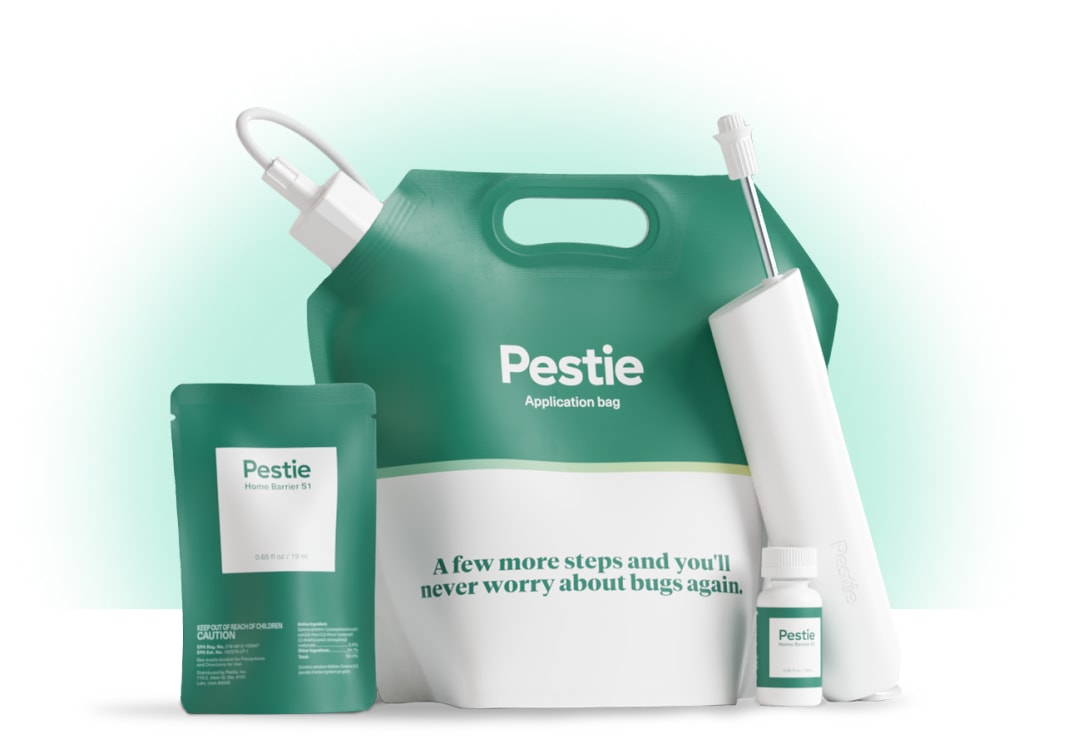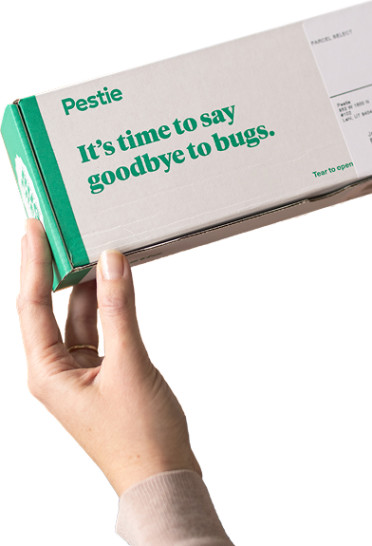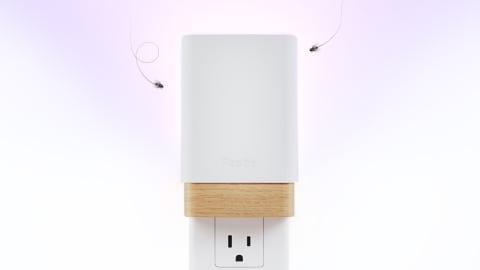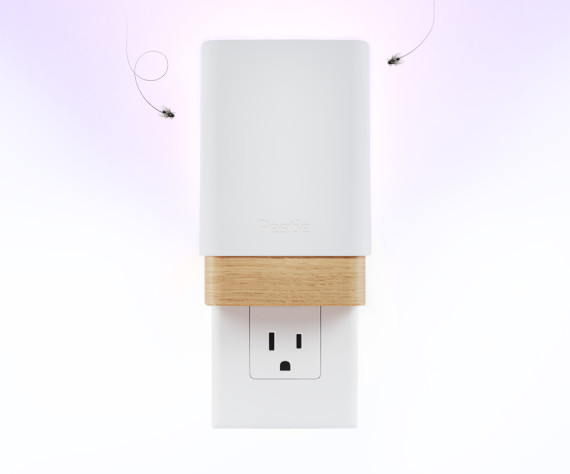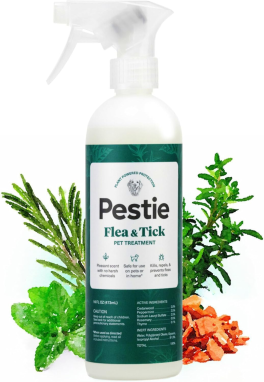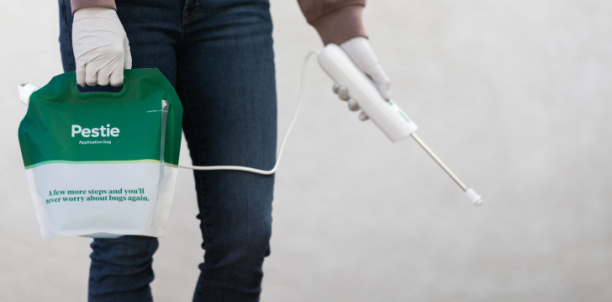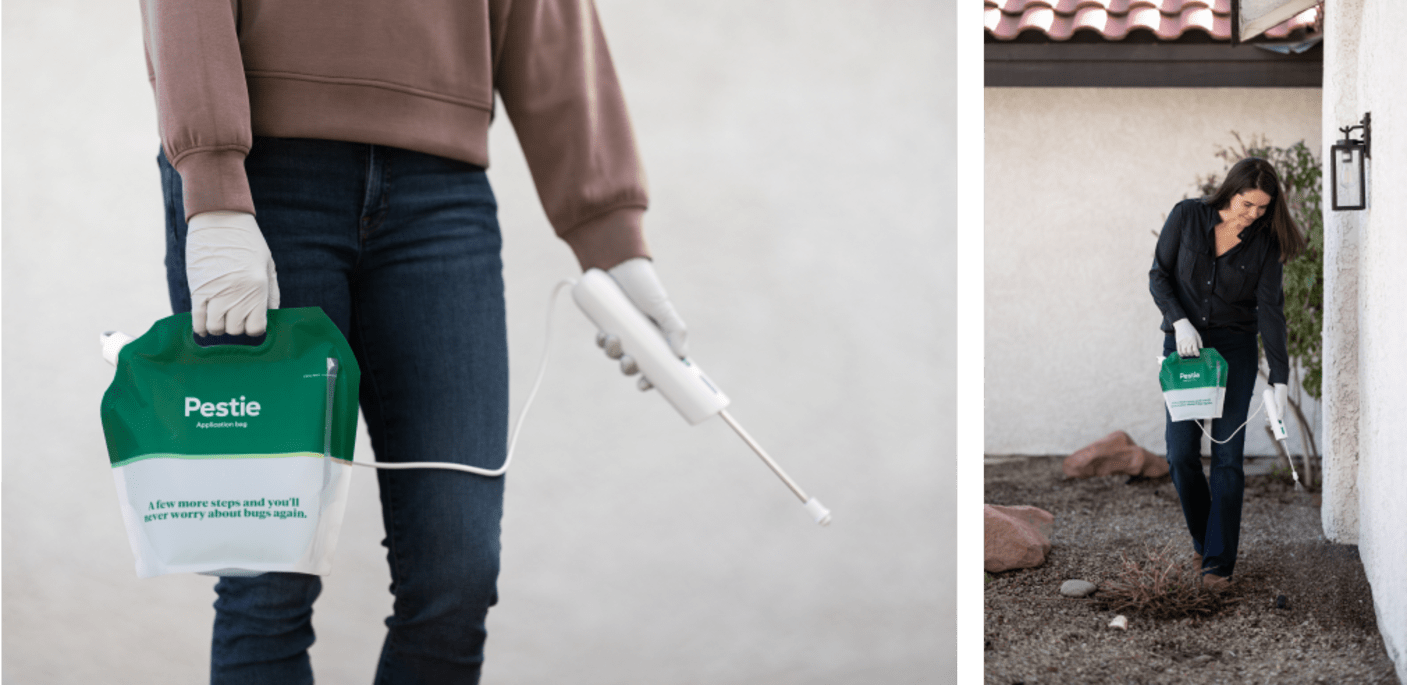How to identify and get rid of carpenter ants
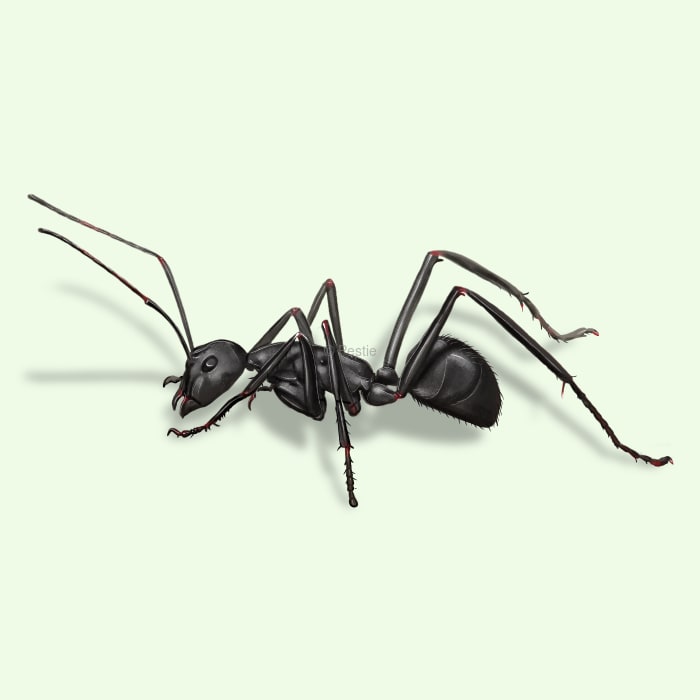
Carpenter ants: the craftsmen you didn't invite – identification and treatment tips
If you’ve ever accidentally left food out in your kitchen and come back to see a trail of ants marching through your house, then you understand just how quickly ants can become a persistent problem in your home.
But when the ants decide to set up shop inside the wooden structures of your home, then you’ll have a whole different problem to deal with!
Carpenter ants in the US are large black ants that create their colonies inside decaying wood. While these industrious ants are usually found in rotten stumps and logs, they often make their way into our homes and can create significant damage if left unchecked.
How to identify carpenter ants
There are at least 8 species of ants in the Eastern US, but the one that becomes a common issue for homeowners is the black carpenter ant.
This species of ant has a dull black color and is one of the largest species of ants in the US. Their antennae have a distinguished joint in the middle that makes them look like little elbows.
A large majority of the ants are wingless and you probably won’t see a winged ant in your home, scavenging for food. Instead, all males and virgin queens have wings and will be found near the colony.
How big are carpenter ants?
Black carpenter ants are some of the biggest species of ants in North America and can be about 1/2 to 5/8 inch in size. Queens are much bigger and can be about an inch in length.
What other pests look like carpenter ants?
While black carpenter ants might be confused with other non-wood-damaging ants, they don’t really compare in size.
Instead, the damage caused by carpenter ants may be confused with termite damage. Look for signs of sawdust being expelled from the gallery holes and for any trails nearby if you suspect it is carpenter ant damage.
Where do carpenter ants live?
Carpenter ants prefer to live in damp, moist, decaying wood. They form their tunnels or galleries in the wood, but unlike termites, they can’t eat wood.
Foraging ants will scout out at night looking for dead insects, or sources of sweet foods. Carpenter ants have also been known to farm aphids, like dairy cows. The ants will protect the aphid from predators and the aphid excrete honeydew from their hind ends. This sugary liquid is what the ants harvest or “milk” from the aphids.
Carpenter ants can infest a home that has rotten or decaying wooden structures, such as decks and porches, window sills, or roof eaves.
How to get rid of carpenter ants
Carpenter ants may invade your home for two reasons: 1) they are searching for food, or 2) they have made their colony in a wooden structure of your home.
Often, carpenter ants won’t build their nests inside dry, sound wood. If you suspect ants are in wooden structures of your home, there may be an underlying issue with a water leak too.
By removing the source of moisture, you can reduce the ideal conditions for the ant colony. Additionally, sealing up cracks and gaps in your home can keep foraging ants out.
Make sure you don’t have tree branches touching your home or infested firewood nearby, as these can be a source of carpenter ants too.
Cleaning up food spills or sugary foods and drinks can prevent foraging ants from entering your home and telling the rest of the colony where a food source is.
Another strategy to control ants includes perimeter treatments to keep ants from coming into your home. Pestie offers a DIY solution with pro-grade ingredients to protect you and your family all year long. It’s customized to your location and comes in an easy-to-use pouch straight to your door.
Treat carpenter ants with Pestie
If you're still having trouble keeping carpenter ants away, the best option is to use a pro-grade, effective pest control solution like Pestie.
Pestie is a do-it-yourself pest control solution that's specially designed to keep carpenter ants and other pests away from your home.
With Pestie, you can rest easy knowing that your living space is protected and free of creepy crawlies. And the best part? It's designed for people, pets, and the planet, so you can say goodbye to harsh chemicals and hello to peace of mind!
- Save hundreds compared to traditional annual pest plans
- People, pet, and planet-friendly
- Pro-grade customized formulas
Quick facts
- Scientific name
Camponotus Pennsylvanicus
- Colors
Dull black, sometimes red
- Life span
Workers: 6-12 weeks, Queens: 10 -15 years
- Diet
Dead insects, honeydew, sugar, meat, grease
How dangerous are Carpenter Ants?
Low danger risk
For the most part, ants don’t pose any serious harm or danger to humans. If they are handled or disturbed, they might bite, but the bite is rather mild. They also can spray formic acid when threatened, but this too is harmless and smells much like vinegar.
Their colonies can range between 10,000-20,000 individuals and they are controlled by a single queen. Often one parent colony will have multiple satellite colonies nearby that share resources.
